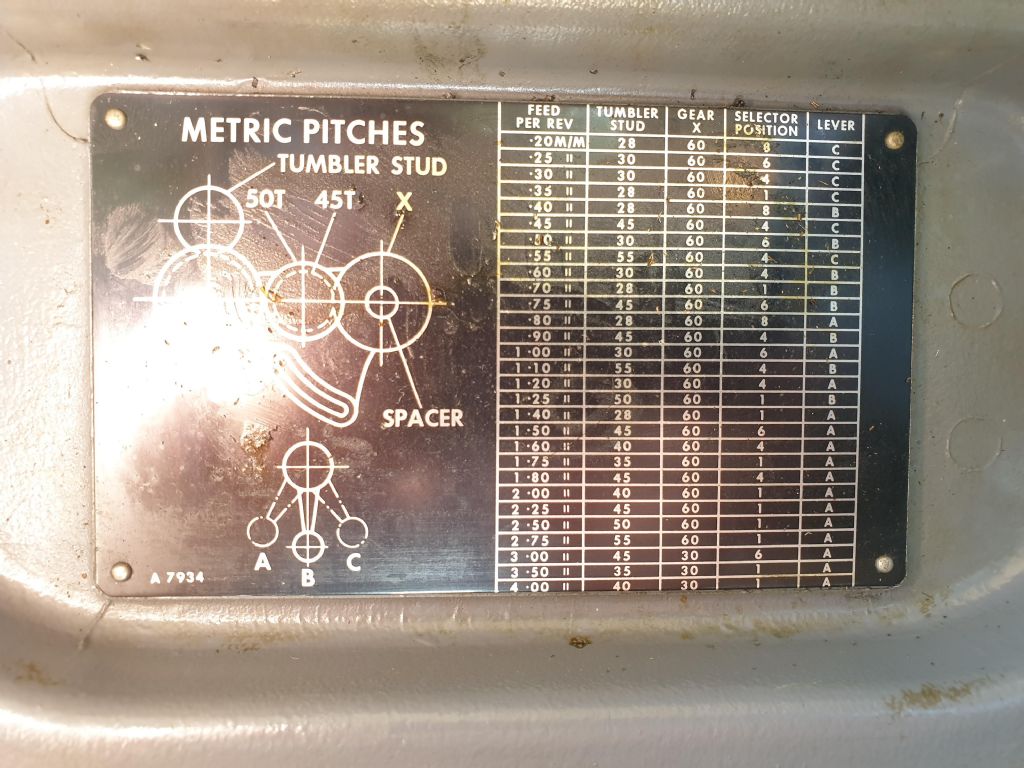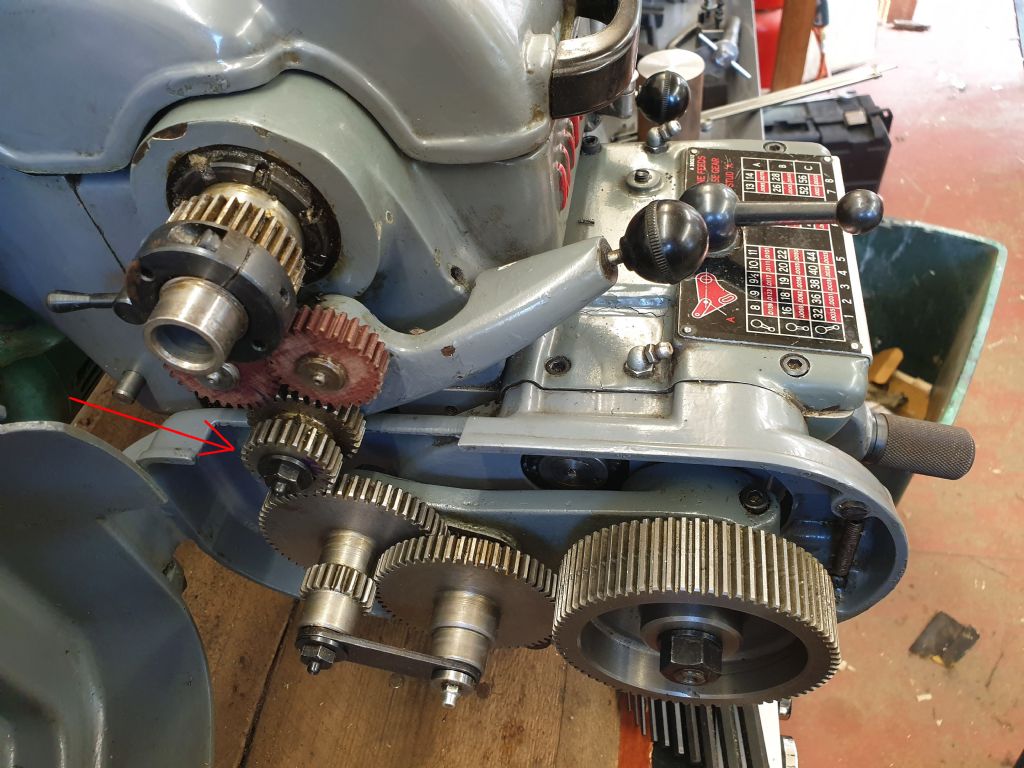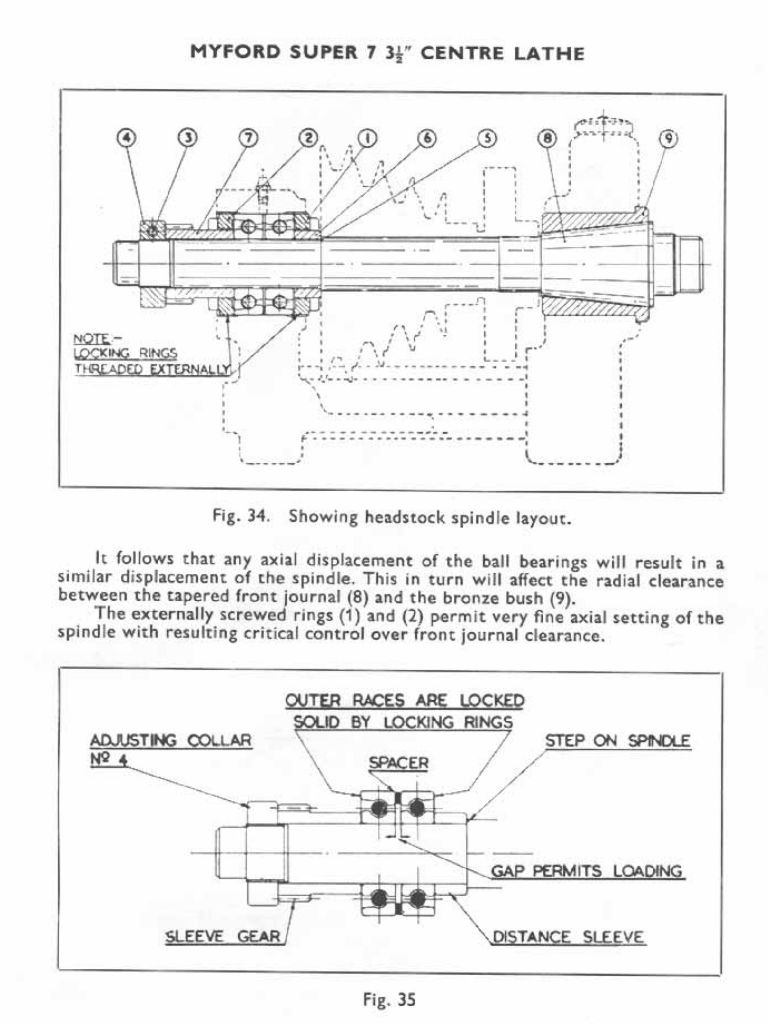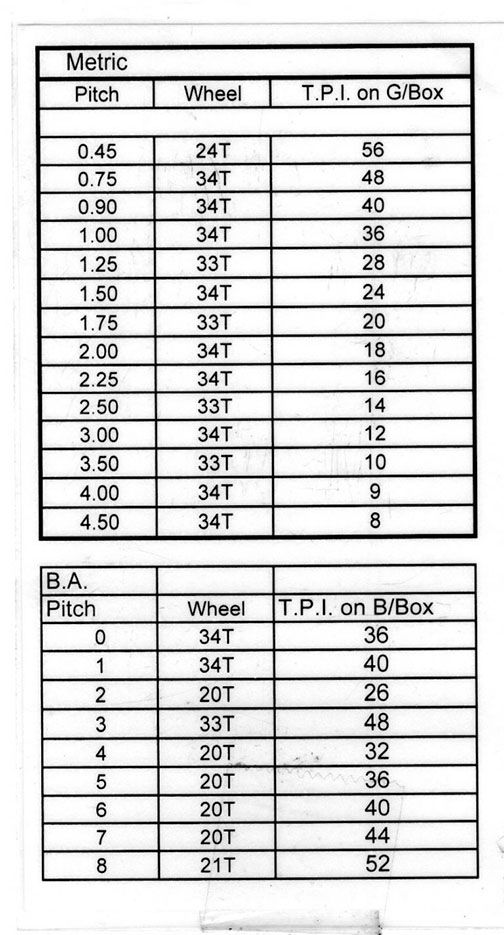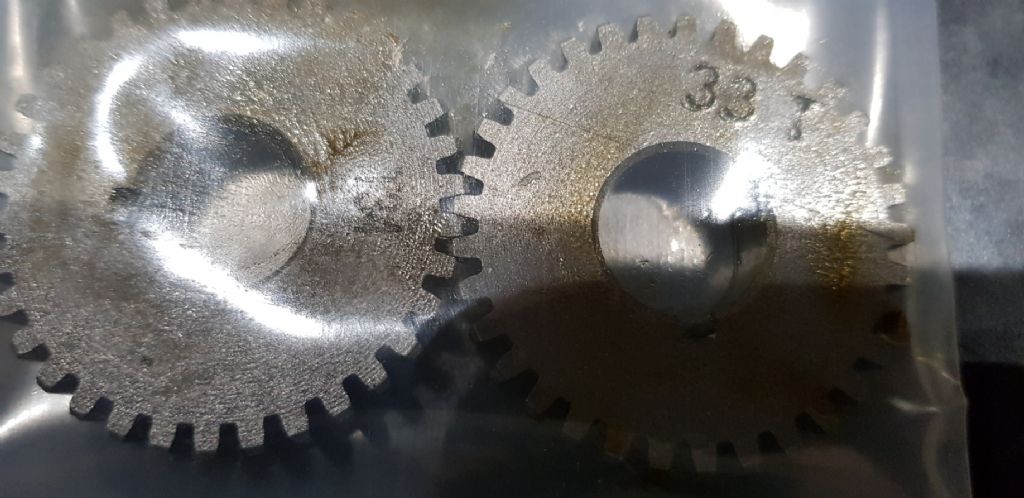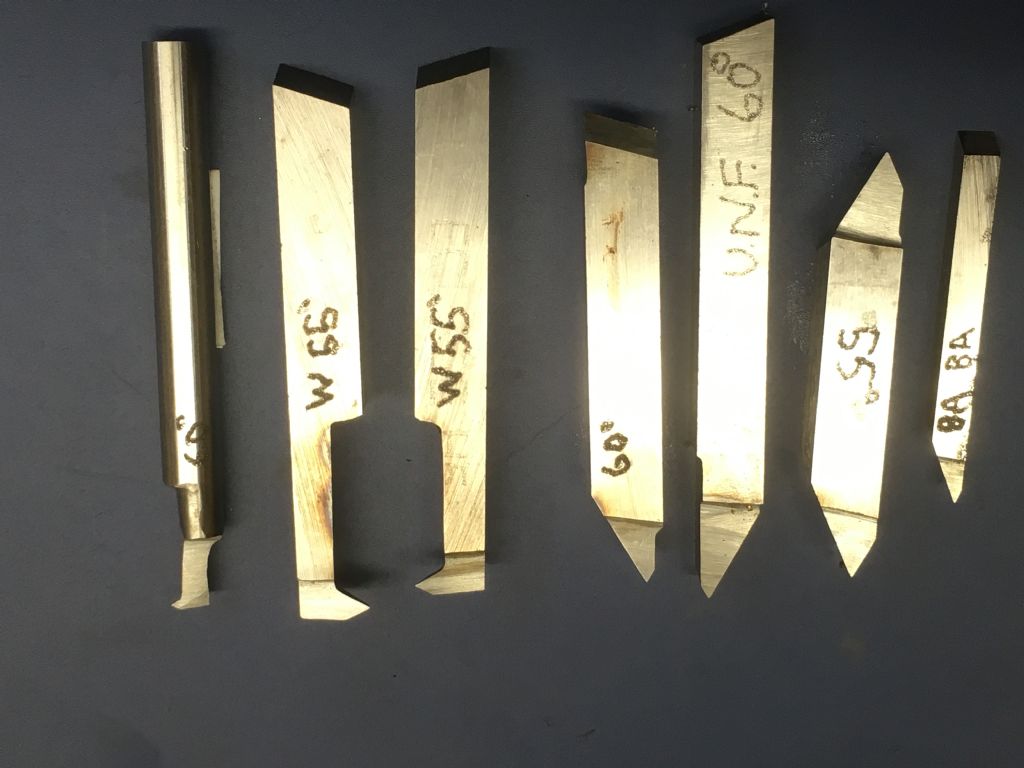I would concur with that: after all you may as well be fair to the lathe and make the thread as near-enough perfect as you can for modest outlay and little extra work.
Grind a single-point HSS tool as closely as you can to the 60º notch in the setting-gauge; better to be very slightly under than over-angle. Cut to just shy of full depth – take a "spring-cut" at intervals to avoid an increasing extra chip-load especially if plunge rather than angled feeding-in; and one or two spring-cuts on the last increment.
NB: watch out for which step(s) on the thread-indicator to use. I don't know if your lathe's gearbox obviates this need but on conventional change-gear settings on an fractional-inch lead-screw, a metric thread demands the same indicator number every time, or even constant-engagement working.
Finish to size and profile with the tap. If the tap is too large for any tailstock chuck it can be supported and guided with a centre in the tailstock, assuming the tap has a centre-hole as it probably would at that size.
From recent experience, though I was using a bench-drill not the lathe as a tapping-guide, I would think it better to use a revolving-centre if available.
Use an appropriate cutting-compound, especially on the tap, e.g. neat cutting-oil or a cutting-grease such as 'Trefolex'.
'
Also of course, you may wish to make further attachments so you now have the tap all ready and waiting!
'
Indexable tool inserts come in such a bewildering range because they are designed for production work on NC machine-tools, carving all manner of exotic metals at prodigious rates to very high standards of accuracy and finish; so are tailored to suit particular metals as well as a wide range of holders.
The range is less bewildering if you look at what "our" stockists select for our common materials and machining conditions, rather than the tool-manufacturers' catalogues intended for industrial use.
 JasonB.
JasonB.

